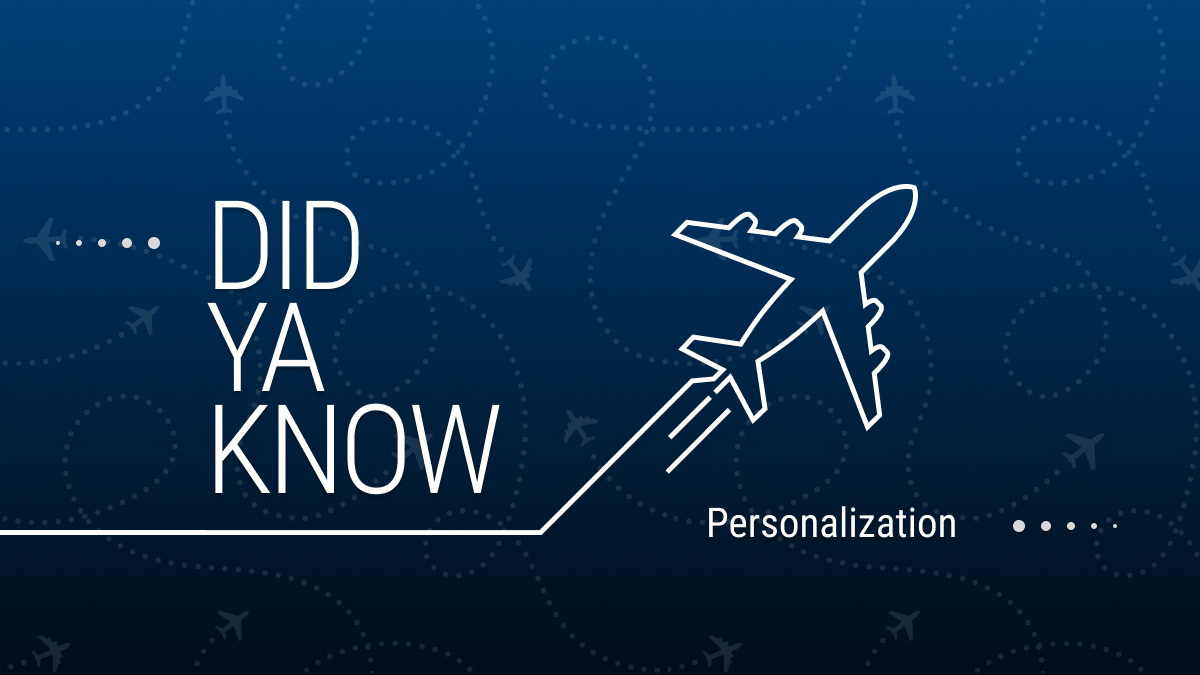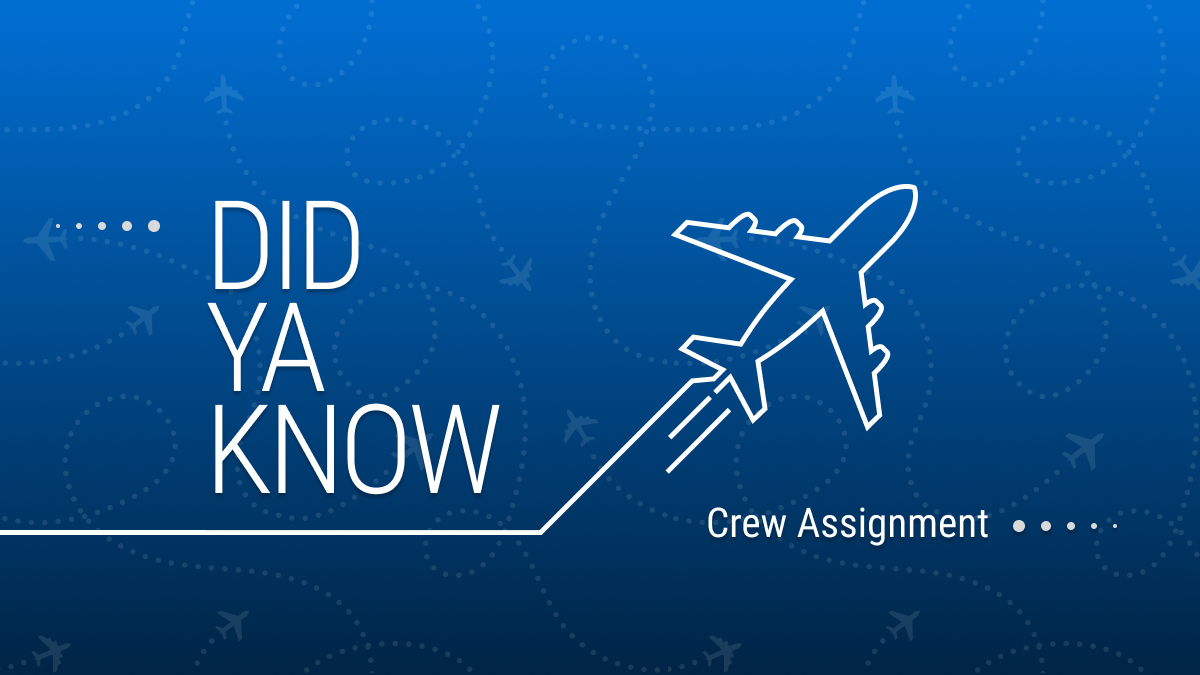Path to Profitability for Charter Operators
The term pricing power is used to describe the impact of price changes to a product on the demand for the product, measured by the price elasticity of demand. However, true pricing power goes beyond the traditional definition and is a key enabler for success and top line growth in a competitive landscape. To be competitive, charter operators require real time visibility into the true cost of a charter flight and factor in marketplace conditions to determine a fair price quote.
Pricing is an immensely powerful tool. It encapsulates a charter operator’s mission and values, shapes customer beliefs, drives customer emotion and perception of the product. Customers must receive value for the charter product commensurate with the customer experience.
We know that price is the most effective way to increase profits. Studies by McKinsey and Co. showed that a 1% improvement in price leads to a 11% improvement in operating profit. Increasing volume by the same amount (additional sales) resulted in only a 3.3% increase in profit. Cutting variable costs by 1% resulted in a 7.8% increase and cutting fixed costs produced a 2.3% increase. In summary, pricing power leads to incremental profits.
Dynamic pricing of a charter flight in real time is based on an understanding of your markets, your customers, and your costs for operating a specific flight. Various factors can be considered with increasing levels of sophistication to price a product. It can be argued that the greater the level of sophistication, the greater the profit, albeit at a diminishing rate.
Visibility into Total Cost of a Charter Flight
We classify costs into five components, some are fixed, and some have variability. Aircraft Hull and Administrative costs are fixed. Cabin crew, fuel, and maintenance costs have inherent variability in the cost estimates. Factoring all five variables and variances by component gives an improved estimate of the total cost, a core input into understanding profitability.
Profitability in Motion
The dynamic pricing engine is broken down into several components each adding an incremental component to the total price. These factors include: your charter’s expected markup of the total cost, operational effectiveness, market conditions that impact you and your competitors, the demand by destination and customer centric retention discount for your most valued customers. The output is an optimized price designed to either increase the probability of a sale or maximize your profit.
If you are a charter operator and want to learn more about how our pricing engine works, please contact us.

Ben Vinod – Co-Founder and Chief Operating Officer






